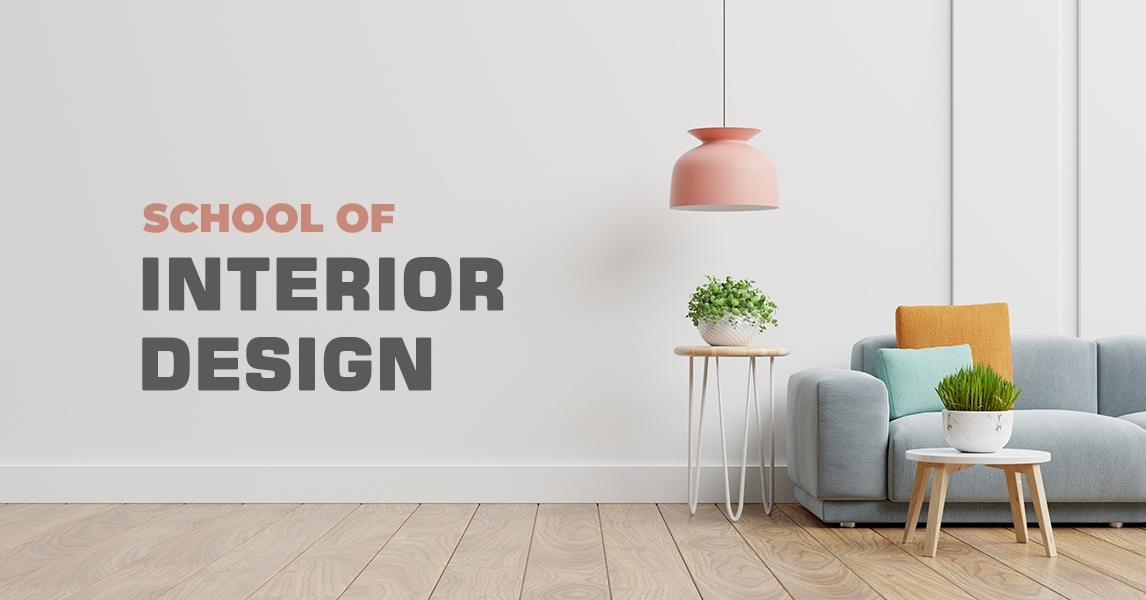In the digitalization age, the education world has undergone a transformative shift. Online courses have become increasingly popular for their convenience, accessibility, and flexibility. Interior design, a field often associated with creativity and aesthetics, is no exception to this trend. Many aspiring interior designers are now taking online courses to acquire the knowledge and skills needed to excel in this competitive industry. If you’re considering taking an interior design course online or already enrolled in one, this article will help you succeed in the virtual world of interior design education.
1. Choosing the Right Course
Selecting the right online interior design course is the first and most crucial step in your journey toward success. With numerous options available, it’s essential to do your research and consider the following factors:
Accreditation: Make sure the course is accredited by a recognized institution or association, such as the Council for Interior Design Accreditation (CIDA). Accreditation ensures that the course meets established standards of quality and excellence.
Curriculum and Specializations: Review the course curriculum to see if it corresponds to your career goals and interests. Some online courses offer specialized tracks, such as residential or commercial interior design, which can benefit your future career.
Instructors’ Qualifications: Research the instructors’ qualifications and industry experience. Knowledgeable and experienced instructors can provide valuable insights and guidance throughout your course.
Reviews and Testimonials: Read testimonials and reviews from past students to gain insights into their experiences with the course. Positive feedback can indicate a reputable program.
2. Setting Clear Goals and Expectations
Before starting your design course, setting clear goals and expectations is essential. Define what you want to achieve through the course, whether it’s acquiring specific skills, earning a certification, or launching a career in interior design.
3. Creating a Study Schedule
One of the advantages of online courses is flexibility, but it can also be a challenge if you’re not disciplined in managing your time. Create a study plan that suits your lifestyle and commitments. Allocate specific hours for coursework, assignments, and projects daily or weekly. Consistency is key to success in online learning.
4. Building a Design Portfolio
Interior design is a practical field; employers and clients often want evidence of your skills. Throughout your online course, focus on building a strong design portfolio. Take on projects, complete assignments with creativity and attention to detail, and document your work. A well-curated portfolio will be a significant tool in the future while looking for internships or job opportunities.
5. Active Participation and Interaction
Online courses sometimes feel isolated, but active participation and interaction with instructors and fellow students can enhance your learning experience. Engage in discussion forums, ask questions, and seek feedback on your work. Collaborating with peers can also provide diverse perspectives and insights into interior design.
6. Time Management and Self-Discipline
Self-discipline and effective time management are essential skills for success in online interior design courses. Minimize distractions during study hours, set achievable goals, and prioritize tasks. Remember that your online course requires the same commitment and dedication as a traditional in-person program.
7. Seeking Additional Resources
While your online course will provide a structured curriculum, don’t hesitate to explore additional resources to expand your knowledge. Read books, articles, and industry publications related to interior design. Attend webinars, workshops, and conferences to stay updated on industry trends and best practices.
8. Networking and Internships
Networking is a vital component of any career, including interior design. Use online platforms like LinkedIn and professional interior design forums to connect with industry professionals and fellow students. Additionally, consider seeking internships or volunteer opportunities to gain practical experience and make valuable contacts.
9. Staying Updated with Technology
The realm of interior design is continuously progressing, with technology playing an important part in defining its future advancements. Stay updated with the latest design software, 3D modeling tools, and trends in sustainable design. Proficiency in relevant technology can set you apart in the competitive job market.
10. Adapting to Feedback and Criticism
Constructive feedback and criticism are essential for growth as an interior designer. Be open to receiving feedback on your design projects and assignments, and use it as an opportunity to improve your skills. The ability to adapt and learn from feedback will contribute to your long-term success in the field.
Conclusion
Choosing an interior design course online requires careful consideration, dedication, and a commitment to continuous learning. By selecting the right course, setting clear goals, managing your time effectively, and actively engaging with the learning community, you can build a strong base for a successful career in interior design. Remember that success in this field is about acquiring and applying knowledge creatively and innovatively in your design projects. Stay motivated, keep learning, and embrace the opportunities that online interior design courses offer on your path to a fulfilling career.
